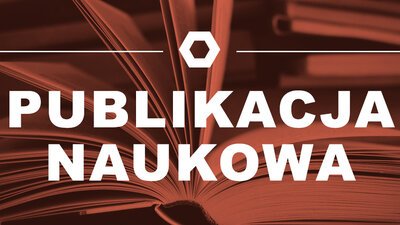Artykuł dostępny w j. angielskim na stronie sciencedirect.comsciencedirect.com.
Tytuł: Carbon-modified TiO2 as a promising and efficient admixture for cementitious composites: A comprehensive study of photocatalytic, mechanical and structural properties
Autorzy: , , , , , , , , ,
Abstract
Carbon-modified titanium(IV) oxide with improved photocatalytic properties under visible light was used as an admixture for cement composites. For this purpose, two commercially available titanium(IV) oxides differing in crystallographic form, and two synthesized for the experiment from titanyl sulfate hydrate and titanium(IV) isopropoxide were used as starting materials, with ethylene glycol as the carbon source. The effect of carbon modification on the surface of titania was to increase the BET surface area, which resulted in a greater tendency of TiO2 nanoparticles to aggregate and agglomerate, higher water adsorption on the oxide surface, and lower temperature stability. Nevertheless, electrokinetic studies demonstrated the stability of modified titanium(IV) oxides in alkaline media, and the increased BET surface area led to a significant increase in their activity in a photodegradation reaction, especially in the visible light range in the case of oxides containing a higher content of the anatase form. The photocatalytic properties of titanium(IV) oxides were maintained after incorporation into the cement matrix. For composites with carbon-modified titania admixtures an improvement in photocatalytic activity was higher in the UV than in the visible light range. In general, modification of titanium(IV) oxide with carbon did not significantly affect the mechanical and durability properties of the cement composites. For both modified and unmodified oxides, a reduction in heat during hydration of the cementitious binder and increases in flexural and compressive strengths were observed at later curing times. This is related to the presence of TiO2 nanoparticles, which, being additional active centers, contribute to the initiation of C–S–H phase growth and refinement of the composite structure, as confirmed by the increased proportion of micro- and nanopores. An additional effect of introducing titanium(IV) oxide, especially the anatase variety, into the cement matrix was an improvement in the antibacterial properties of the composite.







